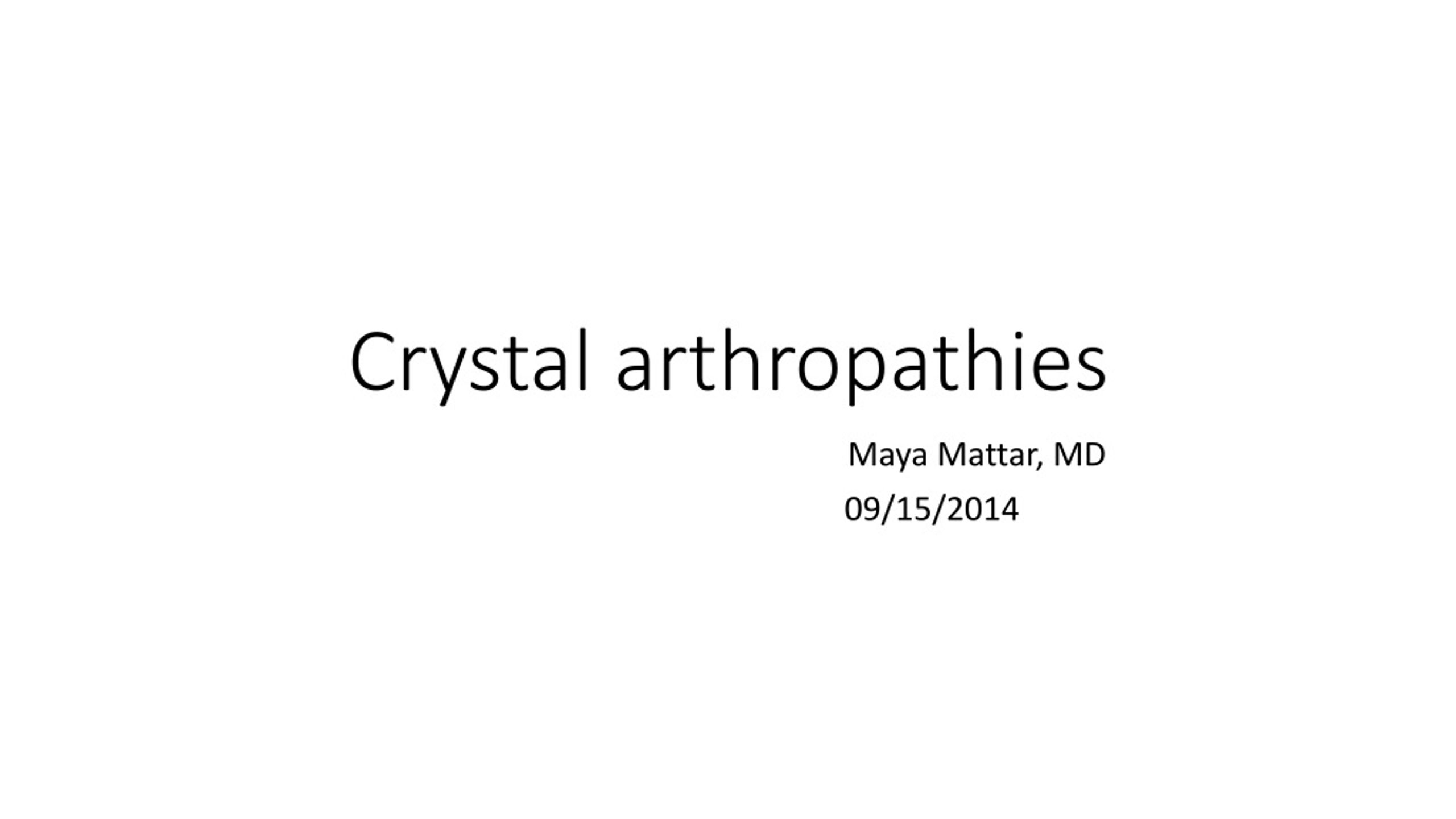

Something you might want to add as a contributor to "Walk Appeal" is architecture. Professor, School of Architecture at University of Notre Dame.Only critique - those transect and categorical differences you cite make sense for the majority of American cities that are divided up into distinct zones, but they don't have as much meaning for older cities that are more mixed-up, and for where the character changes block by block. There's a lot to why this is, which you'll no doubt write about next. I routinely walk 20-30 minutes for daily activities w/o even thinking about the length of the walk, which is far different than my previous city where I wouldn't walk more than 10.
#Unwalkable meaning series#
The 5 minute walk radius is meaningless in a place such as this, which has a series of connected neighborhoods that are beautiful and interesting to walk through. Steve - this is a phenomenon I've also noticed in my time living here in Savannah. Executive Director at Savannah Development and Renewal Authority.


#Unwalkable meaning professional#
#Unwalkable meaning how to#
For the audiences I deal with, I might take the Transect references out to make it more accessible, but I'll definitely be thinking how to use it. Senior Counsel for Environmental Strategies at PlaceMakers.Please have a look, and let me know what you think! I think it's going to end up being a great tool, and it explains all sorts of things, like why the Europeans walk so much more than most Americans. This is the first of several posts that will explain an idea called Walk Appeal that I've been working on for several years, especially recently. Board Member at Sky Institute for the Future.You'll receive an email from me with the subject line "Mouzon Design: Please Confirm Subscription." Click Yes to confirm your subscription for Walk Appeal book updates. I agree, and have modified this post accordingly, as you can see. * Lloyd Alter, Kaid Benfield, and others have suggested dropping the Transect nomenclature I used originally because the millions of people who don't know the Transect won't know what we're talking about. I've also started a Walk Appeal BlogOff that lists everyone's posts on Walk Appeal. Other Sprawl Recovery posts on the Original Green Blog: Walk Appeal just might end up being one of the best economic development tools for walkable places… keep reading and see what you think. After that, we'll look at how Walk Appeal can actually predict the viability of walkable neighborhood businesses… and the amazing differences that a few Walk Appeal streetscape repairs can make in order to cast a broader net for walking customers. We'll also talk about things that can't be measured… or at least that I haven't figured out how to measure yet. In the next few days, we'll look at some things we can measure that determine which Walk Appeal setting a particular streetscape achieves. So those are the basic settings of Walk Appeal… but that's only the beginning.

Not only does it terminally bore you and leave you constantly awash in a sea of car exhaust fumes and sweating uncontrollably from the heat in summer, but it also is an incredibly dangerous place to walk. I use a Walk Appeal distance of 25 feet, but in reality, you're unlikely to ever walk in a place like this unless your car breaks down. The worst sidewalk you could possibly choose to walk on is one with an arterial thoroughfare on one side and a parking lot on the other. People regularly walk that far and then keep on walking without ever thinking of driving. The circles are centered on the Piazza del Popolo (North is to the left) and the Green radius goes through the Vittorio Emanuele on the right. You'll even wait for a parking space to open up instead of driving to an open space just a few spaces away… not because you're lazy, but because it's such a terrible walking experience. Instead, you get in your car and drive as close as possible to the Old Navy front door. As we all know, if you're at Best Buy and need to pick something up at Old Navy, there's no way you're walking from one store to another. It begins with the assertion that the quarter-mile radius (or 5-minute walk,) which has been held up for a century as the distance Americans will walk before driving, is actually a myth.īoth images below are at the same scale, and the yellow dashed line is a quarter-mile radius. Walk Appeal promises to be a major new tool for understanding and building walkable places, and it explains several things that were heretofore either contradictory or mysterious.


 0 kommentar(er)
0 kommentar(er)
